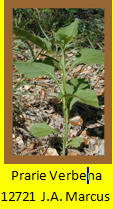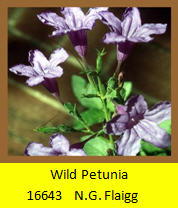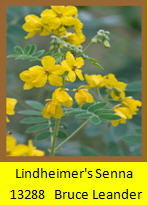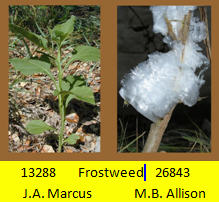Guide to SA Natural Areas & Greenway Trails
H. Area Wildflowers
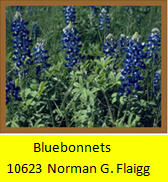
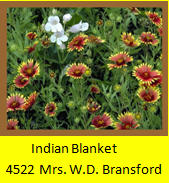

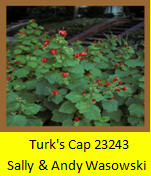
Alamo Area Master Naturalist and plant specialist Patty Leslie Pasztor is the author of this piece. All photos from Ladybird Johnson Wildflower website and are listed with their NPIN and Author..
Phil Hardberger Park sits at the crossroads of three ecological areas: the Edwards Plateau, Blackland Prairie, and South Texas Plains. This convergence of regions supports a diversity of wildflower species. About 100 species have been observed in the park, and some, including Texas Bluebonnet and Twist-leaf Yucca, occur only in Texas.
Wildflowers give us a sense of pride and place. Tourists often travel to Texas each spring just to see our beautiful wildflowers. Texas even has a wildflower hotline reporting the best spring displays in the state. As Lady Bird Johnson said, native plants “give us a sense of where we are in this great land of ours.”
Everyone loves the sight of wildflowers in spring. Can you think of other reasons why we want to encourage/ protect our wildflowers? What role do they play in conservation? Do they help hold our soil in place and prevent erosion? What animals depend on flowers for survival? Did you know that some birds eat the seeds of our wildflowers? Native sunflowers and thistles are devoured by Goldfinches. Our wildflowers are also vital to butterflies and other insects such as native bees. Did you know that the Pipevine Swallowtail butterfly lays its eggs only on a certain wildflower called the Swanflower or Pipevine? Can you think of a bird that seeks out the blooms of wildflowers? Think nectar/hummingbirds! These winged jewels find sustenance on Purple Horsemint, Standing Cypress, and Gayfeather, to name just a few.
The Benefits of Wildflowers:
| * aesthetics – a wildflower field is beautiful | * nectar for butterflies, bees, and hummingbirds |
| * erosion control by stabilizing the soil | * larval food for butterflies |
| * decomposition: adding nutrients to soil | * food source for humans |
| * water filtration through root systems | * source of medicine, fiber, dyes |
| * a source of seed and forage | * food for livestock |
| * nesting material & cover for wildlife | * landscape material |
One of the first wildflowers to bloom each spring is our beloved state flower, the Texas Bluebonnet. It is an annual, meaning it grows from seed, blooms and then dies, all in one season. Many of the seeds then germinate the following summer or fall. Did you know, that if you pick a bluebonnet you will prevent it from seeding and making a new plant? Often wildflower seeds lie dormant in the soil waiting for the right conditions. Some germinate the following season; others might lie dormant for several years.
Most Texas wildflowers need full sun but some grow in shade, such as Turk’s Cap and Frostweed (a favorite of monarchs migrating to Mexico in the fall). Other wildflowers you might see in the park include Engelmann Daisy, Firewheel or Indian Blanket, Prairie Verbena, Mealy Blue Sage, Yellow Flax, and Wild Petunia.
Wildflowers can be used for food, medicine, insecticides, dye, oil, fiber and more! Chile Pequín, Dewberries, Wild Garlic, Chickweed, and Spiderwort are all examples of wildflower food sources. Among many examples of possible medicinal uses is Lindheimer’s Senna, whose velvety leaves have been used as a laxative. Horsemint is an example of an insecticide (its citronella-like smell repels mosquitos), as is Larkspur, which has been used to treat human parasites (Civil War Union troops killed body lice with it). Plants used for dyes include Navaho Tea or Greenthread, giving a yellow dye from the stems and a green dye from the flowers, Dewberry, producing shades of pink or gray from the fruit, and Goldenrod, whose shoots yield a brown or yellow dye.
There are fewer and fewer places where wildflowers can grow. This is due in part to habitat change, urban development, and displacement by non-native, invasive species.
As you walk the park, keep an eye out for wildflowers throughout the seasons. Enjoy these beauties and encourage their conservation. They not only bring pleasure and utility, but they also play a vital role in our ecosystem.
